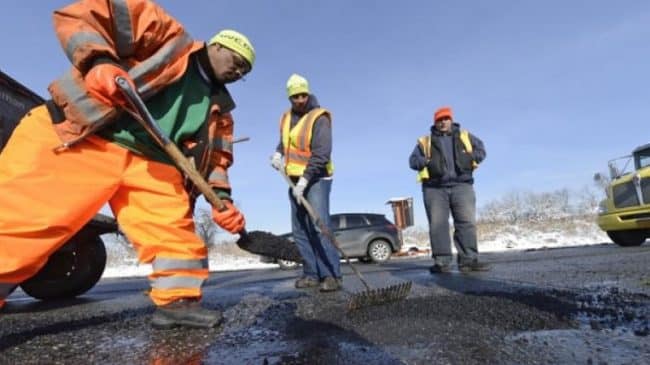The past few months have seen a rash of fiery plumes across the country. Accidents involving freight rail oil tankers have exerted a significant toll. On July 23, the U.S. Department of Transportation proposed new rules to make rail freight safer. Among other things, these would include phasing out aging DOT-111 cars by 2016, lowering speed limits through towns and instituting a more stringent hazard classification system for mined gases and fluids.
It was a little over a year ago, on July 6, 2013, that the sleepy French Canadian town of Lac-Megantic was shaken when a train with 72 tanker cars went off the tracks derailing 63 cars, obliterating 40 buildings and killing between 42 and 47 residents. The accident also released an estimated 1.58 million gallons of Bakken crude into the environment. The final cost is not yet known but decontamination alone could cost as much as $100 million. In addition, the province of Quebec is extending $60 million to small business owners and other surviving victims of the catastrophe.
Since then, freight rail accidents involving oil have scarred American localities including:
- Pickens County, Alabama on November 18, 2013 when a derailment left 11 tankers blazing for days;
- Casselton, North Dakota on December 30, 2013 when an oil-bearing train collided with a derailed grain car causing more than 400,000 gallons to explode and forcing the evacuation of 1,400 residents;
- Philadelphia, Pennsylvania on January 20, 2014 when 7 cars-including 6 tankers-derailed on a railroad bridge, closing the busy Schuylkill Freeway for an hour;
- New Augusta, Mississippi on January 31, 2014 when a derailed train carrying a variety of flammable substances including crude oil forced 50 residents to evacuate their homes and closed four lanes of U.S. 98;
- Lynchburg, Virginia on April 30, 2014 when three tankers carrying 25,000 gallons of light crude ignited the surface of the James River; and
- LaSalle, Colorado on May 10, 2014 when 6 derailed cars contaminated soil with 6,500 gallons of spilled oil.
These crashes are symptomatic of a larger problem. The problem is not primarily, as environmentalists are wont to claim, that we are “addicted to oil.” Rather, the problem is that the booming production of domestic crude exceeds the supply of transportation options. Trains have become an attractive option because regulations make pipelines, which are far safer and more efficient, difficult to build.
Advances in shale hydro-fracking and other technologies have made the American North and Midwest regions major players in the international crude production market. Between 2005 and 2013, the number of railroad freight oil tankers has increased from around 10 to 400 thousand. In the year 2013, rail accounted for 10% of the some 2.75 billion barrels of oil transported to American refineries. This represents more than 9% growth in rail’s share of crude transportation since 2008 in conjunction with a 50% growth in domestic oil production. 2013 also saw railroads spill 1.15 million gallons of oil, 350,000 gallons more than had been spilled over the previous 27 years combined.
Greater oversight of the rail industry and higher industry standards may stem the tide of oil spillages. However, such measures will do little to address the underlying problem unless they are accompanied by commensurate deregulation in pipeline construction.
Oil producers are using trains out of necessity, not out of preference. No one profits from the waste, shipment delays and court battles that these train accidents have brought. Although pipelines do suffer from leaks, they offer a cheaper, more efficient and cleaner alternative to freight tankers. Most importantly, pipelines do not threaten human lives. For these reasons, the federal government should strive to reform the regulatory climate and make pipelines easier to construct.
